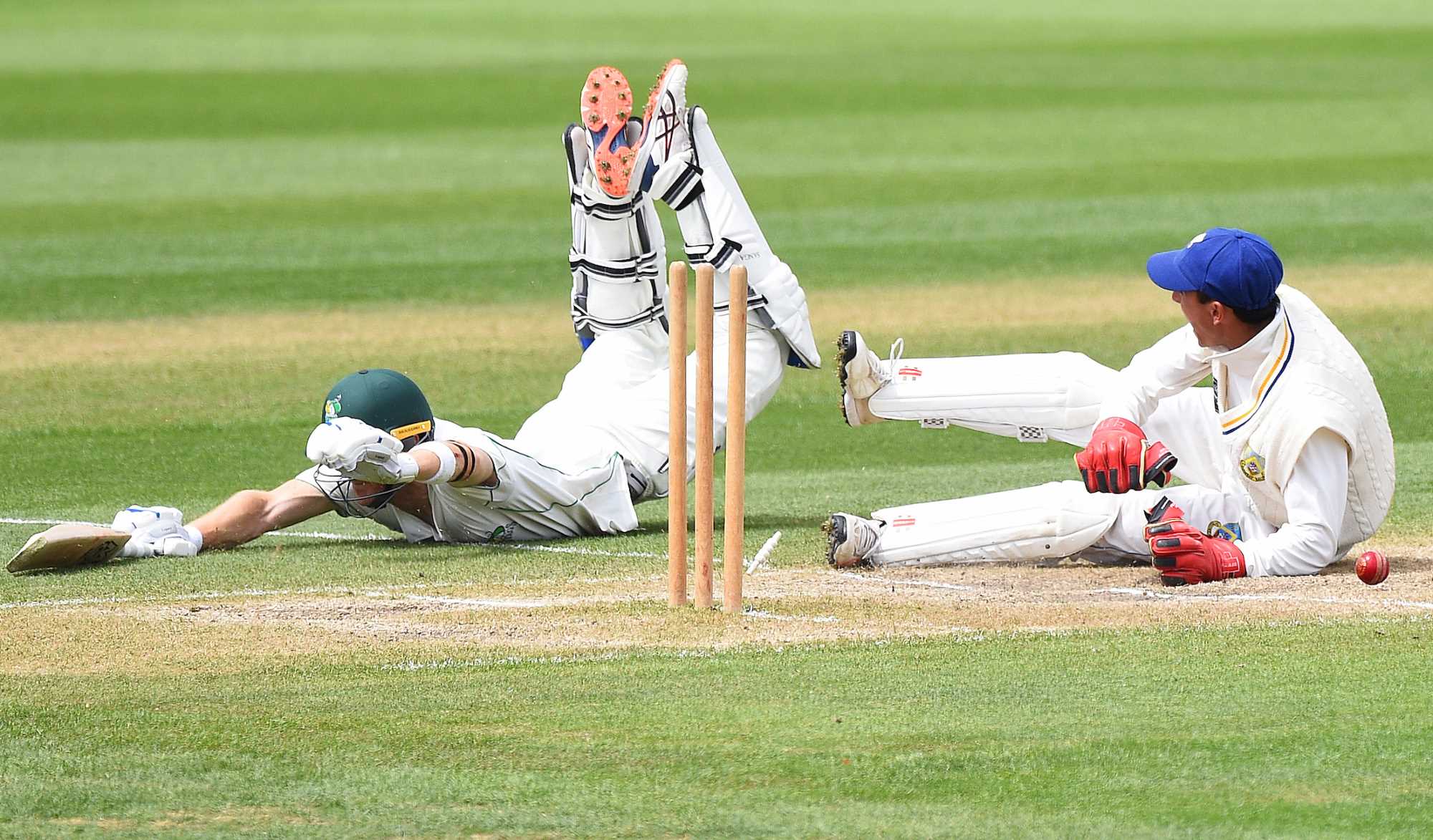Knowing the official rules of a game is key to fun and fairness. Turf cricket, a growing sport, needs the right rules for a good game. The MMPL Premier League 2021 turf cricket tournament has clear rules. For example, each team has 7 players with 3 substitutes. Each innings has 6 overs. Knowing these Turf cricket rules makes the game better. As we explore Turf cricket, we’ll look at its rules and regulations. We’ll cover the key aspects that players and fans need to know.
Understanding Turf Cricket Fundamentals
Turf cricket basics include the pitch, equipment, and team dynamics. Knowing these well helps players do their best, and fans enjoy the game. The turf pitch is key in cricket. Its features greatly affect the game. Turf cricket pitch rules guide how to prepare and keep the pitch. It’s made of natural grass for a fair game. Cricket needs specific gear, like bats, balls, and protective gear. The official cricket field rules set standards for this equipment. For example, bats are made of willow wood, and the ball is a hard, leather-covered sphere. A cricket team has 11 players with different roles. Knowing Turf cricket rules helps players plan their strategies. The team’s makeup is key to its strategy and performance.
Official Turf Cricket Rules and Regulations
Turf cricket has its own rules for a fair game. These rules cover batting, bowling, and fielding. They ensure a competitive and safe game for all. The batting rules are simple. A team has six batsmen, and no substitutions are allowed once the game starts. When a batsman gets out, the next one takes their place. This keeps the game flowing smoothly.
Batting Rules on Turf Wickets
Batsmen must follow the rules governing their conduct at the crease. This includes rules on running, scoring, and getting out. They should also know the field restrictions and scoring chances.
Bowling Regulations and Techniques
The bowler must bowl six legitimate balls to complete an over. The bowling regulations require the bowler to follow specific guidelines. This includes not throwing or jerking the ball.
Fielding Positions and Restrictions
There are fielding restrictions during the game. At all times, there can be only two fielders between the two wicket areas and two near the boundary wall. These rules help promote scoring and exciting gameplay.
Understanding these turf cricket guidelines is key for players to enjoy the game. By following the turf cricket match rules and turf cricket game rules, players can have a fun and competitive match.
Match Format and Playing Conditions
The structure of a Turf Cricket match makes the game exciting. A standard match is designed to be fast-paced, with a specific format that governs the gameplay.
Game Duration and Overs Structure
A game of Turf Cricket is split into two innings. Each team gets to play six overs per innings. This makes the game short and exciting. It’s great for players and fans alike. The game’s short length is a big plus.
Weather Considerations and Interruptions
The weather can change the game. If it gets interrupted, umpires decide what to do next. Knowing the rules about weather stops is key.
Umpiring Decisions on Turf Pitches
Umpires are very important in Turf Cricket. They make big decisions that can change the game. Only captains can talk to umpires if there’s a problem.
If the scores are tied, the game ends in a draw. This is a rule everyone needs to know.
- The game is divided into two innings.
- Each team faces six overs per innings.
- The match ends in a draw if the scores are tied.
Turf Cricket Rules: A Complete Guide
Knowing the official Turf cricket rules is vital. The game has its own set of cricket pitch rules. It’s important to understand the basics and how to play. The turf, equipment, and roles of players are key. Knowing the rules for batting, bowling, and fielding is also important. By learning the Turf cricket rules, players can improve and enjoy the game more. The official turf cricket rules help make the game competitive and fun. It’s important to know these rules. Whether you’re experienced or new to the game, following the cricket pitch rules makes it more enjoyable for everyone.
I’m a cricket analyst and passionate storyteller, decoding the game beyond the scoreboard. With sharp insights, match breakdowns, and a deep love for the sport, he delivers crisp, factual, and fan-first content trusted by cricket readers worldwide.








Turf cricket seems to have a well-organized set of rules that make the game both competitive and enjoyable. The emphasis on fair play and safety is commendable, ensuring that all players have a good experience. The fast-paced nature of the game adds to its excitement, making it engaging for both players and spectators. The rules regarding weather interruptions and tied scores are particularly interesting, as they add an element of unpredictability. How do umpires typically handle weather interruptions to ensure fairness in the game?